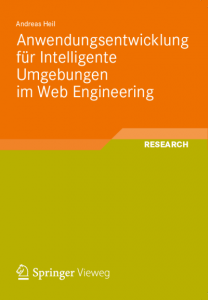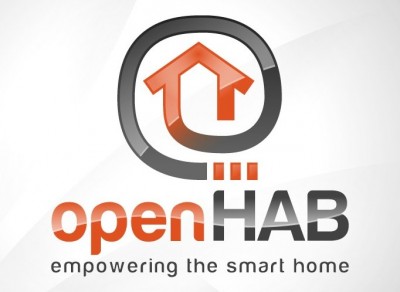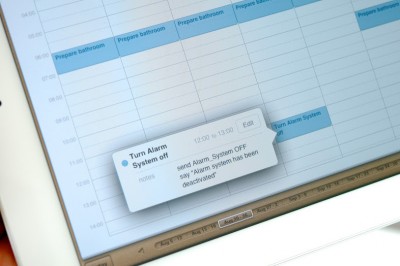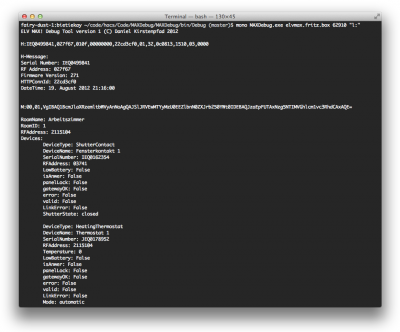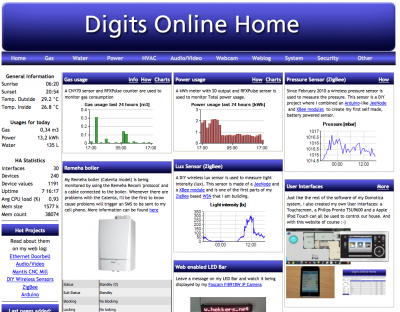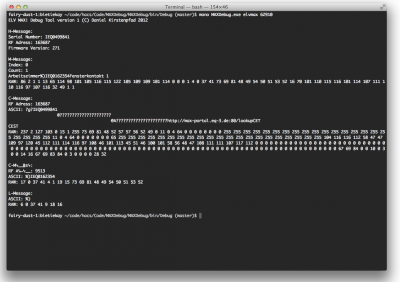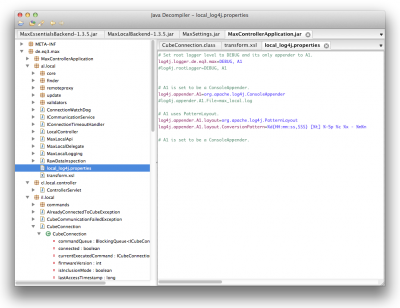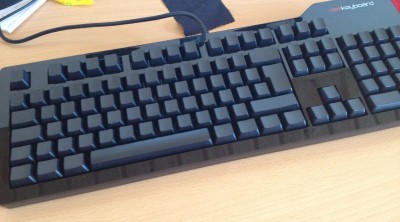For several years now I am building my own home automation tools by putting together existing hardware and self-written software. As the central software core of my home automation system I use h.a.c.s. – “home automation control server” which I put up as open source software on GitHub.
Throughout the years I was able to embedd a lot of daily tasks and measurements in one place which can be accessed by a simple web page. It currently looks like this:
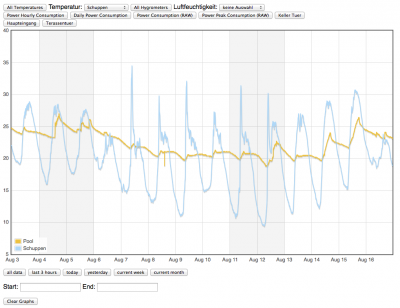
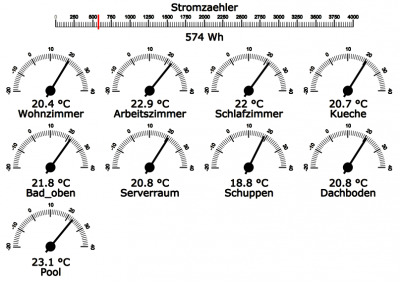
You can find some articles on this blog about h.a.c.s. if you want to know more about it.
As of today I can control and measure the states of switches, windows, doors, temperature and humidity and power consumption. Scenarios like “when this door opens, switch on that light” are easy things to do with h.a.c.s.
Now “Winter’s coming!”. And therefore I want to take control of the heating of each and every room in the house. I want to set a goal for a temperature and I want the heating to fire up or cool down with that goal. And of course I want to monitor manual changes of each and every radiator in the house.
Last week then I stumbled upon a piece of kit called “ELV MAX! Cube”. It’s a white cube (as the name implies) which offers a USB port from which it is powered and an RJ-45 ethernet port which connects the cube to the home network.
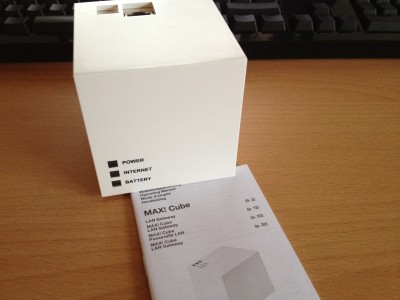
The cube itself does not draw much power and it can be powered by the routers USB port easily. It allows you to connect some peripherals using 868 mhz rf. Those peripherals can be: window state sensors (closed/open) and thermostats to control the radiators (and a switch but, well… hopefully not necessary).
It comes with it’s own user interface – a java application that connects to the device and allows you to configure it. Quite nice – it runs on Windows and Mac. You can use a cloud service to control the device over the internet, but I have no intention in trying that out right now.
My plan is to extend h.a.c.s. to get information from the cube and handle them and in the end even control the cube by setting temperatures and controlling the outcome of those changes.
As of now there are some efforts to decode the quite interesting protocol the cube is talking. You communicate with the cube over TCP (my cube listens on port 62910).
Currently I am building a small debug application which allows me to experiment with the output of the cube faster than plain telnet would. And within this I had the first contact tonight:
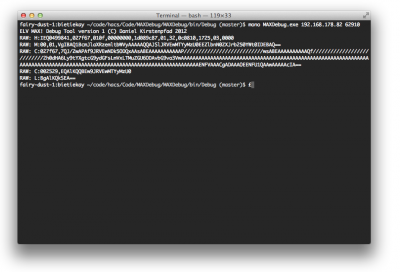
As always all my efforts can be seen in the hacs repository.
Source 1: https://github.com/bietiekay/hacs
Source 2: http://www.schrankmonster.de/?s=hacs
Source 3: http://www.elv.de/max-cube-lan-gateway.html
Source 4: http://www.domoticaforum.eu/viewtopic.php?f=66&t=6654
